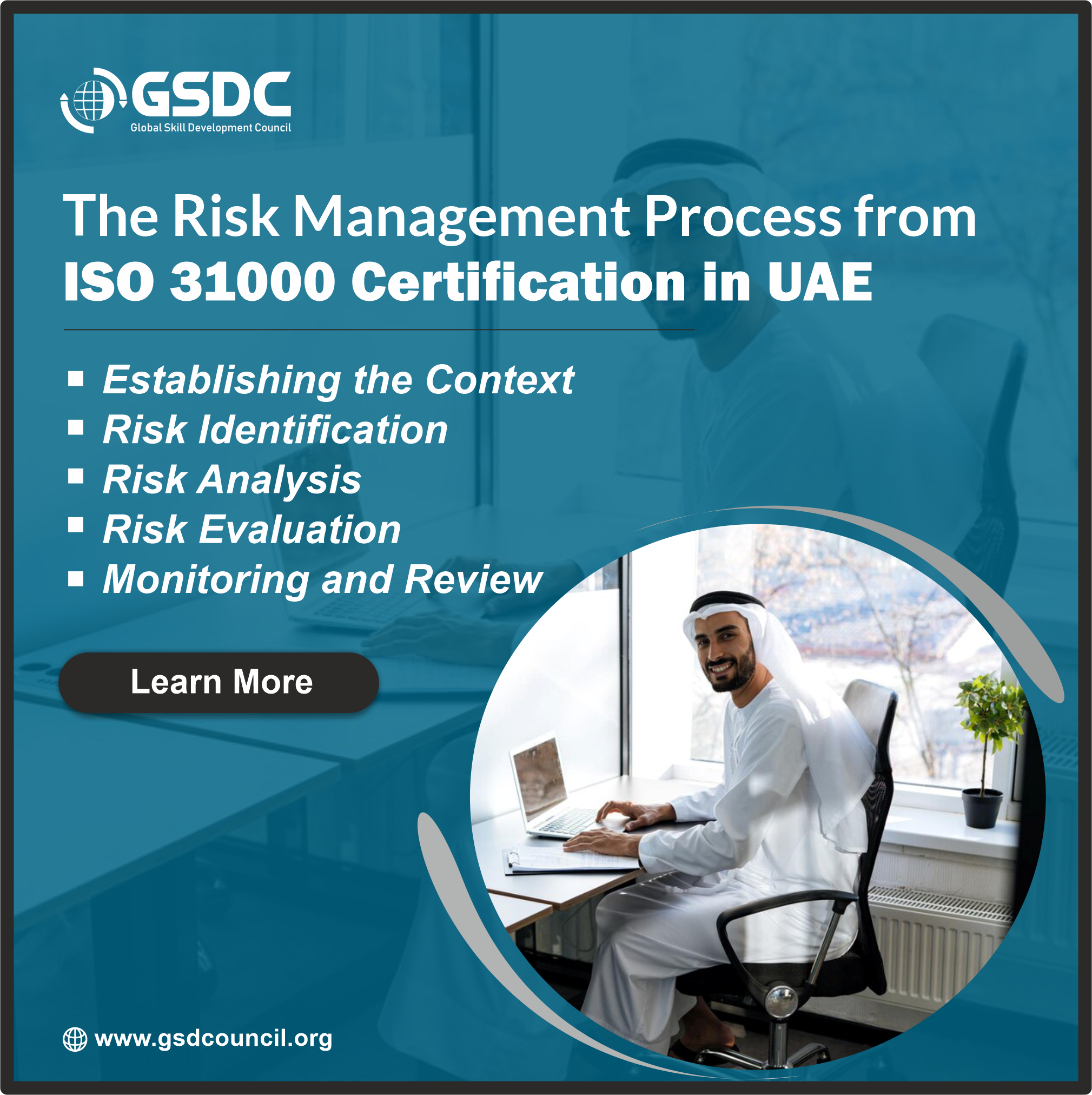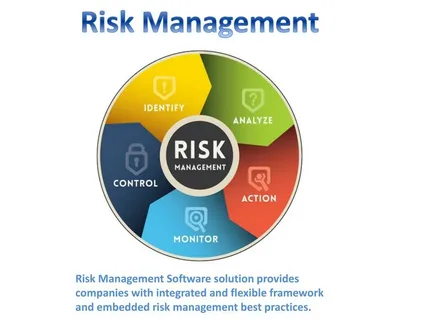The risk management process outlined in ISO 31000 certification is a systematic and structured approach to identifying, assessing, treating, and monitoring risks. Here are the key steps of the risk management process according to ISO 31000, explained with points:

Establishing the Context:
Define the scope and boundaries of the risk management process.
Identify the internal and external factors that can affect the achievement of objectives.
Consider stakeholder expectations and requirements.
Risk Identification:
Systematically identify potential risks that could impact the achievement of objectives.
Consider both internal and external sources of risk.
Use various techniques like brainstorming, checklists, and historical data analysis.
Risk Analysis:
Assess the identified risks in terms of their likelihood and potential consequences.
Use qualitative and/or quantitative methods to evaluate the significance of each risk.
Consider the context established in the first step.
Risk Evaluation:
Compare the assessed risks against established criteria (e.g., risk appetite, tolerance levels).
Prioritize risks based on their significance and potential impact on objectives.
Determine which risks require treatment and in what order.
Risk Treatment:
Develop and select appropriate risk treatment options to address the identified risks.
Options may include avoiding, mitigating, transferring, or accepting the risk.
Implement specific actions and measures to treat the selected risks.
Monitoring and Review:
Continuously monitor the effectiveness of risk treatments and control measures.
Review the risk management process to ensure it remains relevant and effective.
Assess changes in the internal and external context that may impact risks.
Communication and Consultation:
Establish clear channels of communication to ensure that risk information is shared effectively.
Engage with relevant stakeholders, both internal and external, in the risk management process.
Ensure that risk information is communicated in a timely and accurate manner.
Recording and Documentation:
Maintain comprehensive records of the risk management process, including risk assessments, treatments, and reviews.
Ensure that documentation is clear, accurate, and easily accessible for future reference.
Embedding in the Organization:
Integrate risk management into the organization's overall management system and decision-making processes.
Ensure that risk management becomes a natural and routine part of organizational activities.
Learning and Improvement:
Learn from experiences, both successes and failures, in managing risks.
Use lessons learned to improve risk management processes and practices.
This process provides a structured and systematic way for organizations in the UAE, or anywhere else, to effectively manage risks in a way that aligns with their strategic objectives and organizational context. It's important to note that this process is iterative and should be continuously reviewed and adapted to changing circumstances and new risks.


No comments yet